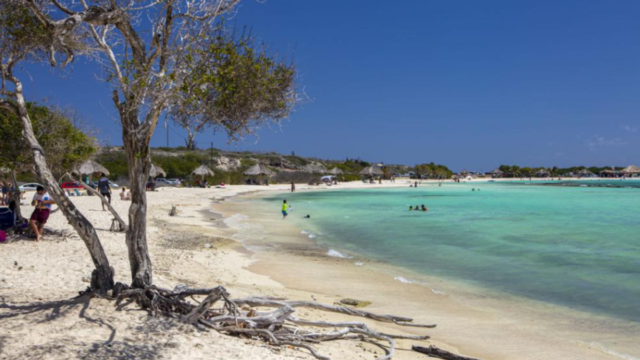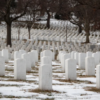
By Clair Davis and Betty Julal
According to news reports, wine bottles, sodas and other grocery items went flying off the shelves of several grocery stores in Jamaica on Monday. No, it wasn’t because people were buying them all up. It was because an earthquake that measured 5.4 on the Richter scale hit the region.
The strong tremors were felt across most of the island. The epicenter was about 2.48 miles west-northwest of Hope Bay Town in Portland. Cuba, the Bahamas, Haiti and a few other islands felt it in varying degrees because they are on the same fault line.
Statistics gathered by the U.S. Geological Survey Agency showed that more than 591,000 people in Jamaica were exposed to strong shaking and up to 12,000 people to very strong shaking.
Jamaicans in the U.S. and the U.K. were sending YouTube videos and alerts to friends and family to notify them of the event. Family and friends in Jamaica were calling loved ones on WhatsApp to let them know that everything was OK.
One important Jamaican government building that was impacted is 1 Shalimar Ave., Kingston 3, which houses the Financial Investigations Division Agency under the Ministry of Finance. That agency focuses on deterring the use of Jamaica’s economy for money laundering and other financial crimes, facilitating a stable financial sector and an investor-friendly environment.
The National Works Agency advised Prime Minister Andrew Holness that the building is unsafe for occupancy. It has to remain closed until the necessary repairs are completed. A spokesperson told reporters that “everything is being done to minimize disruptions. Our dedicated team along with the relevant agencies are committed to the resumption of normalcy as quickly and efficiently as possible.”
Except for very minor tremors, it has been about 200 years since a destructive earthquake has hit the island. This quake caught many people, who were going about their daily routine, off-guard.
Delegates to the U.N.’s International Seabed Authority meeting arrived in Kingston for the third part of the 28th annual session of the International Seabed Authority (ISA). On their website, they posted that “delegates expected an interesting but uneventful council meeting devoted to the development of the draft exploitation regulations for deep-sea mining. However, the unexpected happened during the morning session as an earthquake shook the ISA Headquarters, which led to an evacuation and, subsequently, to the meeting’s suspension for the day.”
A Belizean student attending the University of the West Indies in Jamaica told a Belizean internet newscaster that he did not think much of it when he first felt the tremor. “But after that initial shake it got really intense and that’s when the whole class realized, yo, this is something very serious.” As pieces of the ceiling fell, “we got out of there, got into open space, not under anything, and just waited out in the open.”
Earthquakes are becoming more prevalent in the Caribbean region. There were several in 2023, but none of them was catastrophic. On Jan. 20, a 6.2 magnitude earthquake was felt off the coast of Guadeloupe. In July, in San Juan, Puerto Rico, a 6.6 magnitude earthquake caused some buildings to lean on their foundations. The epicenter was in the Atlantic Ocean about 170 miles north-northeast of Antigua and Barbuda. In September, a earthquake with a magnitude of 5.3 occurred off the north coast of British Virgin Islands.
And who could forget the earthquake in Haiti in 2010 that killed approximately 200,000 people.
Thank God that no one was hurt in the most recent quake. But this is a signal to be ever ready.
Drop, cover and hold on. This strategy might very well be the technique to save your life during an earthquake, says the Caribbean Disaster Emergency Management Agency (CDEMA). In March 2020, the agency created an animated video for YouTube called “CDEMA Earthquake Readiness Promo 3 Animation.” They continue to seek out ways to prepare and educate the citizens of the countries in the region for natural disasters.









